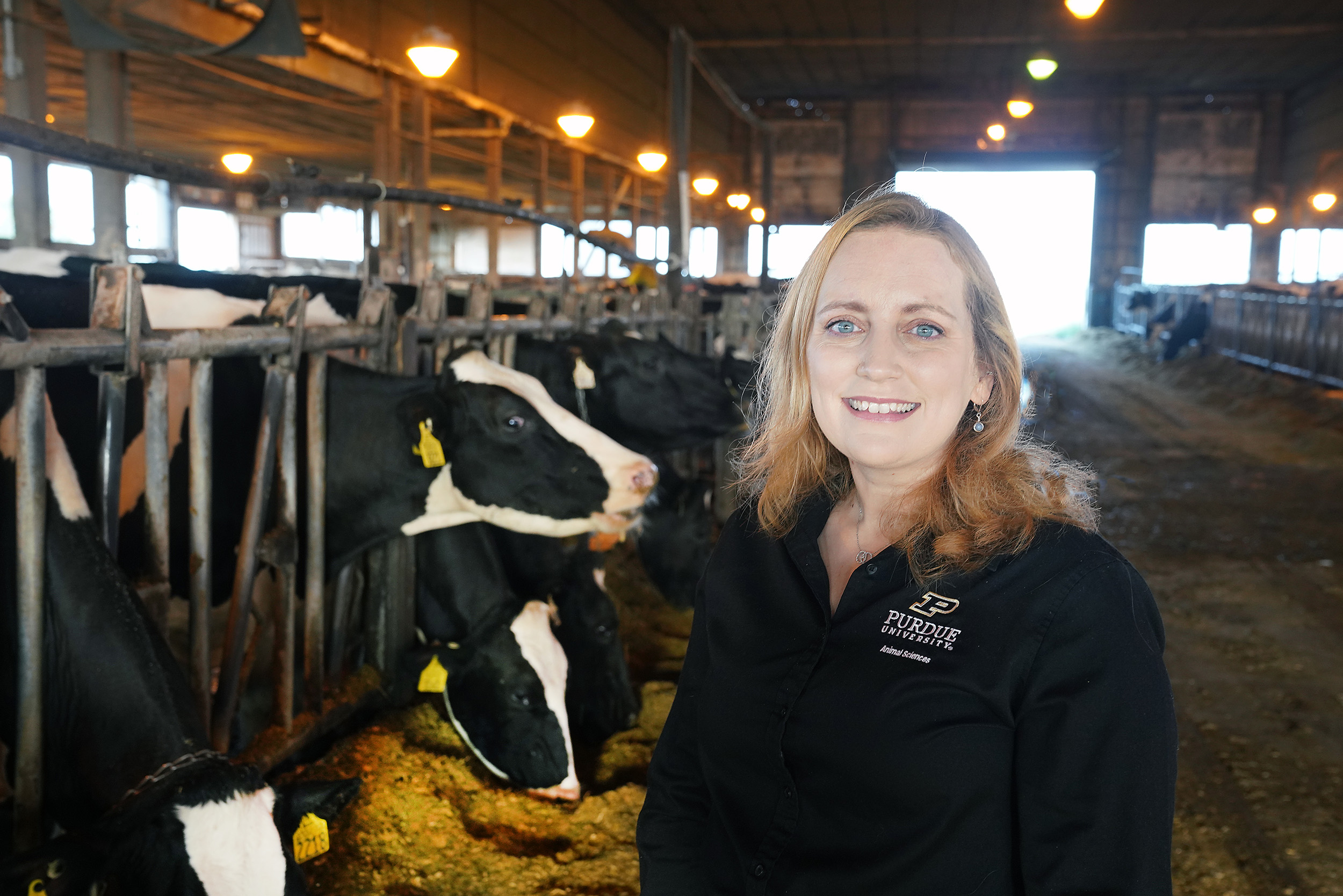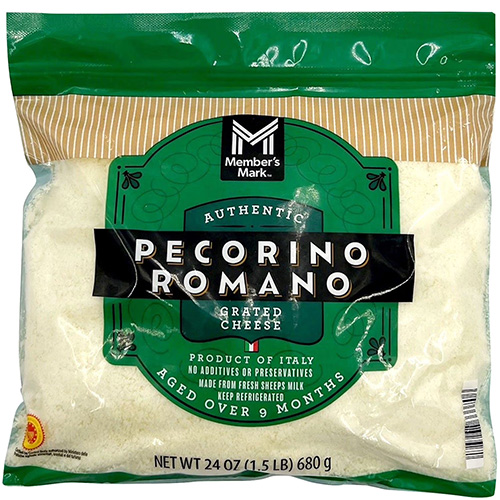Food safety in egg consumption can be easy, Purdue professor says
Eggs are an excellent source of protein consumed all around the world. But no matter where eggs come from, proper egg storage and sanitization are key factors in healthy consumption of eggs, according to Yaohua “Betty” Feng, an assistant professor of food science.
Whether eggs are purchased from the dairy aisle of your local grocery store or directly from a roadside farm stand, Feng said the possibility of Salmonella contamination is a risk you need to consider and can easily protect against using the proper methods.
Eggs come out of a hen in the perfect packaging, with a bloom, or protective mucus, coating the shell. The shell encapsulates a protective membrane around the albumen, commonly known as the white, and the yolk.
However, research shows that salmonella can be found in whole, uncracked eggs, due to bacteria within the hen's reproductive tract before the shell forms around the yolk and white.
After an egg has been cooked thoroughly to 165 degrees, Feng said it needs to be immediately consumed or immediately placed in the refrigerator, with a temperature sustaining 40 degrees Fahrenheit. A properly stored cooked egg is safe to eat for one week.
What about eggs collected from back yard chickens? When the egg is dropped from the hen, the bloom still coats the egg, protecting it from potential contamination from salmonella. But Feng says it is still necessary to wash and sanitize the eggs.
“Properly washing these eggs is an important step in safe consumption, then they need to be refrigerated at 40 degrees Fahrenheit, where they will be safe for three to five weeks,” she said. “But regardless of where the egg comes from, you should always cook the egg thoroughly to lower the risk of food-born illness.”
No matter how expensive an egg or what its store label reads, Feng said those are not indicators of food safety.
“Salmonella is natural, so no egg is superior to another,” she said. “Maintaining washed hands to avoid cross contamination and thoroughly cooking our food are two of the biggest ways we can avoid food born illness.”





